Arguably my favourite place to visit in Belfast after the zoo, the Ulster Museum is situated within the Belfast Botanic Gardens. I first visited the museum in 2012, and since then I have been visiting rather infrequently, I would say every 2-3 years at most. While the museum has displays of archaeology, art, and fashion and textiles, I obviously visit for the natural history displays.
There are a number of different rooms and zones in the museum dedicated to the natural world. The first natural science gallery you enter is a room featuring a model of the giant deer, Megaloceros, next to its skeleton, as well as taxidermy specimens of a brown bear and wild boars. You then take the left to the Ice Age room, home to animals that once lived in Ireland during the last ice age, including a musk ox and arctic fox. You then continue through Deep Time, where you will see ancient rocks and fossils from Ireland’s prehistoric past. There is also the Discover Nature room for children, which has some taxidermy specimens, and a shelf with various books about animals and prehistoric life. Continuing on, you enter a temporary exhibition about the elements, which also features some animal specimens, including a black bear and a spider crab. According to the museum’s website, the Elements exhibition runs until December 2022.
After Elements, you pass through Origins and Earth’s Treasures, before coming to Living World, where you can see various fossils, a case featuring extinct animals such as a thylacine and a dodo, and another case with every species of mammal in Ireland. Here, you will also find a coelacanth, an ancient species of fish once believed to be extinct until one was caught in 1938, and the holotype specimen of the emperor penguin (holotype meaning the first representative individual of a species to be described). You can also walk through The Sea Around Us, where you can see an enormous leatherback turtle, the largest living turtle species. Next, you enter Fossils and Evolution, which displays a number of animal skulls, including a T-Rex skull, as well as mounted specimens of a giant armadillo and platypus, and the fossil of a Xiphactinus, a large predatory fish from the Cretaceous period. You then exit this area and return to Window on Our World, which features, among other things, the skeleton of an Edmontosaurus, an Irish wolfhound, and a collection of butterflies and other insects on ground floor, and on the third floor, a Triceratops skeleton and Peter, a polar bear who once lived in Belfast Zoo.
I remember when I first visited with my dad, the museum was hosting Age of the Dinosaur, an exhibition with animatronic dinosaurs, which I recognised as the same exhibition that was held at the Natural History Museum in London, where we visited the year before. And the following year, when I attended the Belfast Zoo summer camp, we visited the museum on the Wednesday. While in the nature discovery room, I was fascinated with the Dorling Kindersley book, Prehistoric Life: The Definitive Visual History of Life on Earth, as it features some very lifelike reconstructions of prehistoric animals, such as the giant hornless rhino Paraceratherium. I loved the reconstructions so much in fact, that my mother bought the book at the museum shop for my birthday later in the year. We also visited the museum for my birthday in 2017. It really is a fun museum to visit, with very intriguing natural history displays!
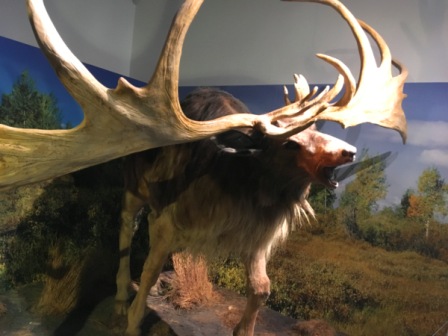
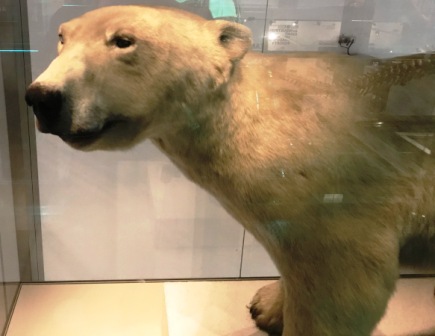
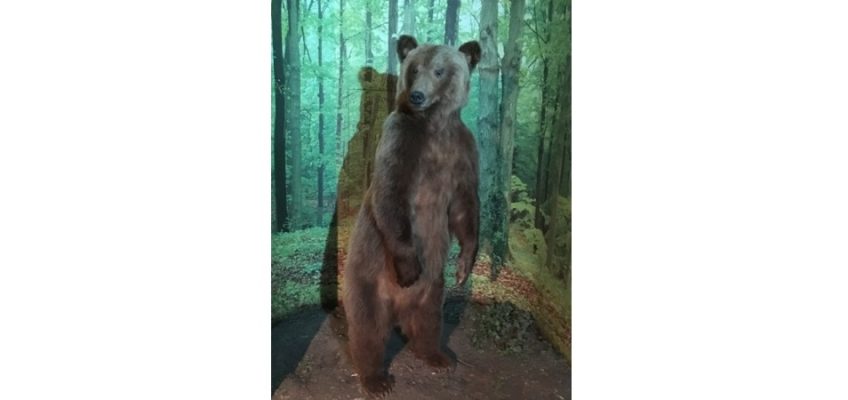
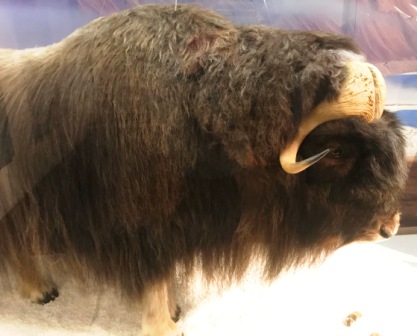
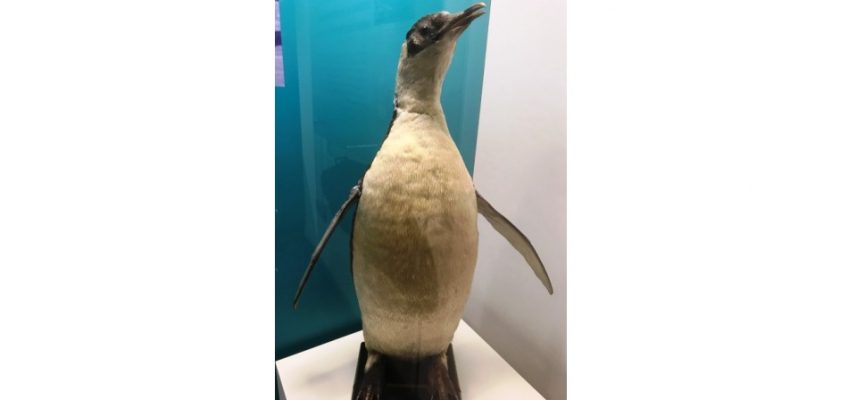

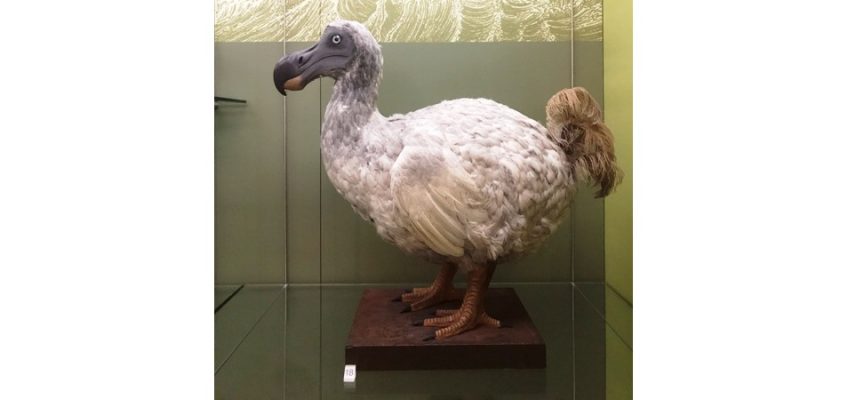
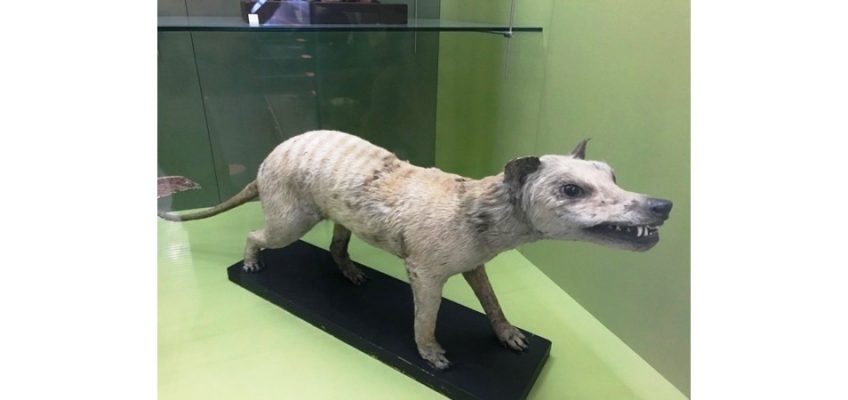
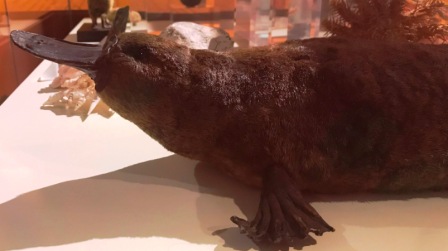
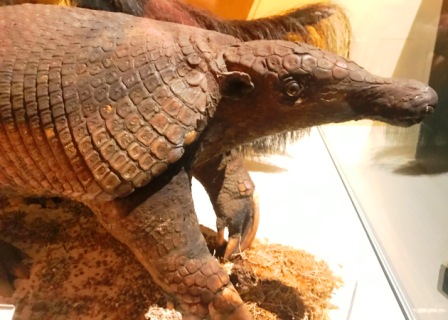
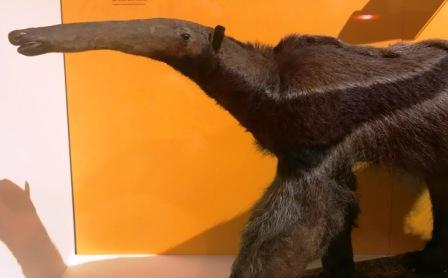
Leave a Reply
You must be logged in to post a comment.